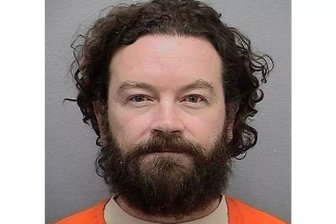Scientists have detected the more transmissible BA.2 Omicron sub-lineage in Saskatoon.

John Giesy, a toxicologist leading the University of Saskatchewan COVID-19 Wastewater Surveillance project, said it seems only a few people likely have the new subvariant, based on the small number of samples they spotted, but that’s enough to confirm it is in the city.
“Bottom line is, it’s here,” Giesy said in an interview.
“And in the next few weeks, I’m sure we’ll pick up more of the bad news.”
Early research from Denmark and the U.K. shows the sub-lineage may be around 33 per cent more transmissible than the already very infectious Omicron variant.
Giesy said scientists around the world are working to determine if the BA.2 strain will be more severe or if it will be better able to escape immunity, though he stressed it’s very new and so it’s hard to know what impact it will have.

Get daily National news
But, given how transmissible it is, he said there’s a good chance it will replace BA.1, the dominant variant that accounts for nearly all detected COVID-19 in Saskatoon, Prince Albert and North Battleford, just as Omicron replaced the Delta variant in two weeks.
“We still find Delta, it’s still there,” Giesy said.
“But its percentage is so low it hardly shows up. And I expect the same thing would happen with (BA.2) if it takes over.”
— with files from Reuters








Comments